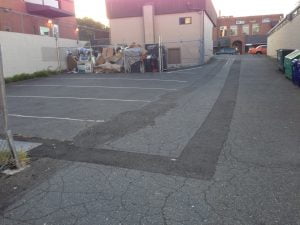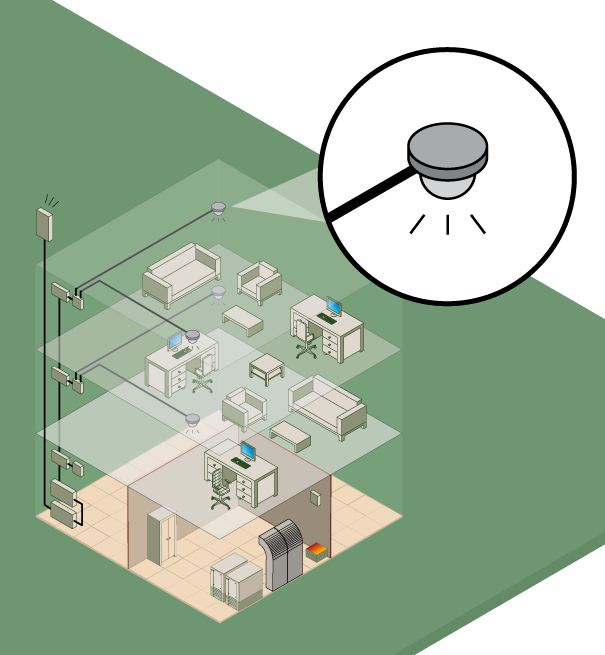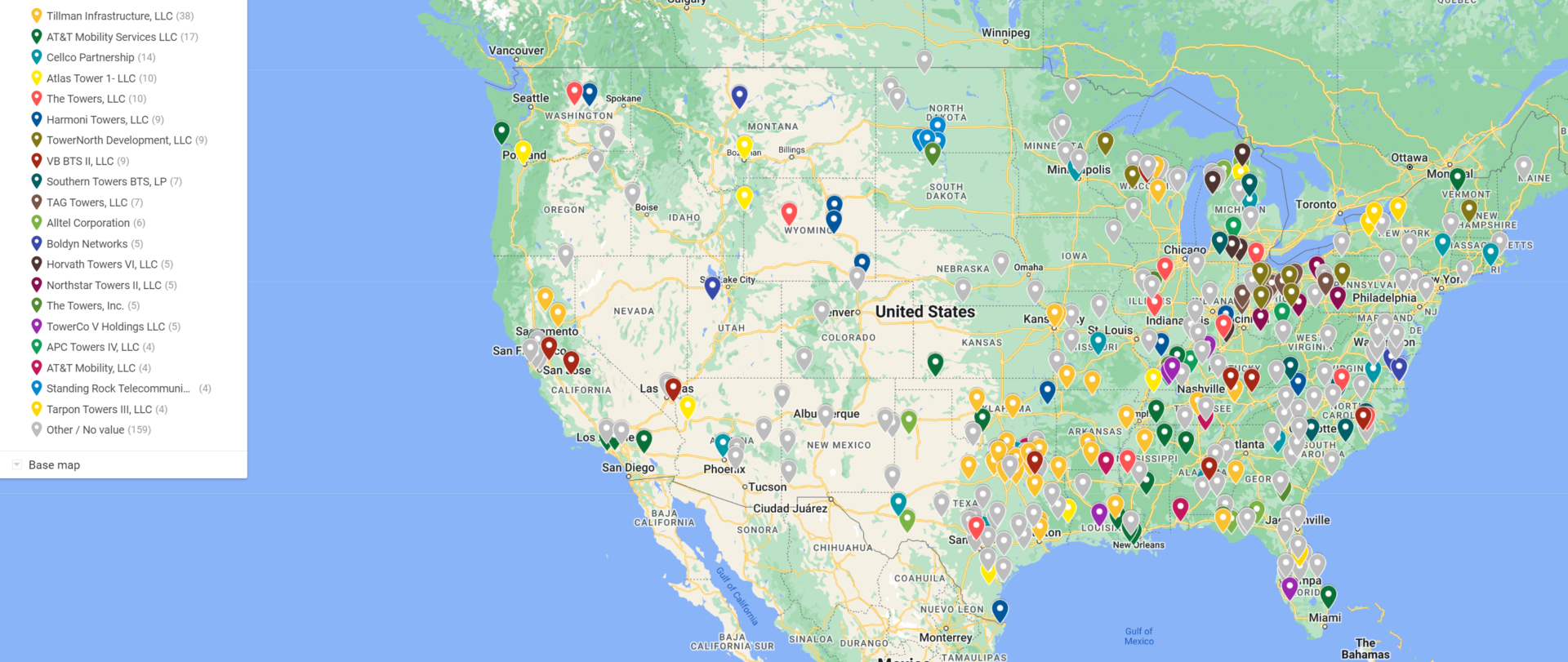Consent Requests for Fiber Optic Cable

Building owners and tower ground leaseholders nationwide are being contacted on a regular basis by the wireless carriers and tower companies who occupy their property to grant access rights for fiber optic cable. As data demands increase dramatically, there is a need to improve the data throughput from the individual cell sites. The solution is to lay fiber optic cable, which is faster than traditional copper wire, less expensive, and more efficient than T-1 or DS3 lines.
To lay this fiber optic cable, the tower companies or wireless carriers first have to send a letter requesting consent to add the cable. Here are a few problems we’ve encountered with their communication:
- The letters are generic and do not describe the route across the property that the fiber optic cable will take.
- The letters suggest that the landowner is obligated to allow the installation of new fiber optic cable. The problem is that the wireless carriers and tower companies will always take the cheapest way out when trying to install fiber optic cable to their cell site.
- They don’t tell the landowner that they might be expanding their easement or in some cases installing outside the existing utility easement that was previously granted as part of the lease.
- The consent letter the landowner is being asked to sign may or may not include construction drawings. If it does include construction drawings, they typically don’t show the existing utility easement. The absence of construction plans may indicate the wireless carrier is installing the fiber optic cable outside of the utility easement and they don’t want the landowner to know that they are not installing within the utility easement.
In most cases, the tower owner or wireless carrier has the right under their lease to add utilities within their lease area and their utility easement. The landowner rarely has the right to ask for additional compensation. The wireless carriers and tower companies will rarely pay extra for adding utilities. However, because they have the right to add fiber optic cable it doesn’t mean they have the right to put it anywhere they want. Nor does it mean that they can do shoddy work when they install the fiber optic cable. Here are our tips to a landowner who has received a request to add fiber optic cable:
- Do not sign their consent agreement until you have reviewed proposed construction drawings.
- Make sure that the construction drawings (not hand drawn drawings) clearly show the exact location of the existing utility easement in the lease and the location of the proposed fiber optic cable installation.
- If the fiber optic cable is being installed within the utility easement, make sure the drawings describe how the fiber will be installed. Will it be installed without digging up the ground? If there is pavement, how will the pavement be repaired replaced? Will they replace the entire area impacted or just where they need to route the cable?
- If they aren’t using the existing easement, why? In most cases, a landowner is not required to grant them additional easements.
- If it is a rooftop site, are they using existing conduit to route the fiber? Or are they proposing a new conduit? Will additional penetrations be necessary on the roof?
The takeaway here is that without careful review, the fiber optic company and the tower company/wireless carrier will do whatever is easiest and cheapest. While you may not be able to charge additional rent, you may be able to restrict how and where the fiber optic cable is placed and what damage is allowed from installing it. The alternative is that you get poor patch jobs like the ones shown in the photo. In that instance, the landowner gave blind approval for two separate fiber optic installation requests. As a result, in a few years his parking lot will be a mess and he will be fighting with the tower owner to have them repair it.
If you have questions about a proposed fiber optic cable installation, please contact us.












4 thoughts on “Consent Requests for Fiber Optic Cable”
Neighbor bought a home next too my property after having problems digging. He detoured and crossed onto my property with out written consent what can I expect he has a felony record I’m scarred he might do something
Hi- unclear whether you mean he dug on your property or just came on the property. In either case, it could be considered trespass. If he dug on the property or erected something on your property, you may need to consult a local attorney to get him to remove it.
Question can you answer I have house in town and they already laid fiber optic wire in my yard with a big connection box.
do i have let them dig more they did it the 1st time without my consent. and i had a hot water heater 10 yrs old well from trenching and vibration of the machine . i was force to buy new hot water heater and pay some to dig bac up because i lost water pressure. i fought with the ins. company for the company that did the work and they told to bad hot water heaters only last 10 years so they never paid for any of it .now they are putting flags in my yard again. and do not want them digging after last time. i feel i would not of had to replace hot water heater if the would not of been digging in my yard causing lime to break loose in water heater and plug my lines .
Jeff, if they are deploying fiber in the right-of-way (typically the 6 to 10′ closest to the road), there likely isn’t much you can do. The city/county reserves this area for use by fiber and telecom providers. You could contact the city or county and let them know about the issues you have had due to the boring for fiber, but you likely can’t stop them. Sorry I don’t have a better answer- and sorry you had to go through this.